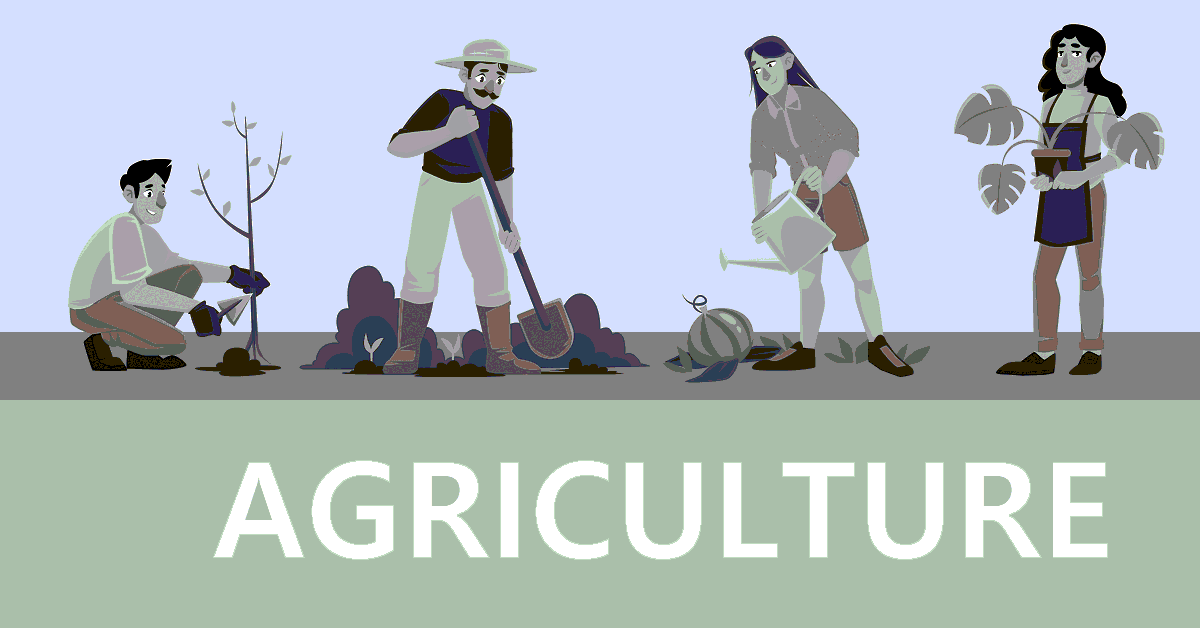
Climate change is one of the biggest challenges of our time, and its impacts are far-reaching and profound. The Intergovernmental Panel on Climate Change (IPCC) has warned that the consequences of climate change for agriculture and food security are likely to be significant and widespread.
The relationship between climate change and agriculture is complex and multifaceted, but it is clear that rising temperatures, changing precipitation patterns, and increasing frequency of extreme weather events are all having a profound impact on agricultural productivity. In this article, we will explore the ways in which climate change is affecting agriculture and food supply, and the strategies that farmers and policymakers can use to mitigate these impacts and ensure food security for future generations.
Climate Change and Agricultural Productivity
Rising temperatures and changing precipitation patterns are having a significant impact on agricultural productivity, leading to crop failures, soil degradation, and declining water quality. For example, the changing climate has caused farmers in the Midwest of the United States to experience reduced yields of corn and soybeans, leading to an increase in food prices and decreased availability of these staple crops.
In sub-Saharan Africa, smallholder farmers are facing increasingly frequent and severe droughts, which are causing food shortages and threatening their livelihoods. The World Bank estimates that climate change could push an additional 100 million people into extreme poverty by 2030, largely as a result of its impact on agriculture.
Climate Change and Food Security
The impacts of climate change on agriculture and food security are far-reaching and profound. Climate change exacerbates existing challenges, such as pests and disease outbreaks, and can lead to food price spikes, hunger, and malnutrition. The United Nations Food and Agriculture Organization (FAO) projects that food production will need to increase by 70% to feed the projected global population of 9.7 billion by 2050.
Strategies for Adaptation
To mitigate the impacts of climate change on agriculture and food supply, farmers and policymakers must work together to implement effective adaptation strategies. Some examples of these strategies include:
- Adoption of drought-resistant crops: Smallholder farmers in sub-Saharan Africa are increasingly adopting drought-resistant crops, such as cassava, sorghum, and millet, in order to cope with changing climate conditions.
- Precision agriculture: Precision agriculture techniques, such as soil moisture monitoring and weather forecasting, are helping farmers to make more informed decisions and reduce their exposure to climate-related risks.
- Improved water management: Effective water management is crucial for ensuring food security in the face of changing climate conditions. This may involve improving water storage and distribution systems, promoting water conservation practices, and protecting water resources from pollution and overuse.
- Soil conservation: Soil conservation practices, such as using cover crops, reducing tillage, and increasing organic matter, can help to improve soil health and reduce the impacts of climate change on agriculture.
Conclusion
In conclusion, climate change is having a profound impact on agriculture and food supply, and the consequences are likely to be far-reaching and significant. To mitigate these impacts, farmers and policymakers must work together to implement effective adaptation strategies, such as the adoption of drought-resistant crops, the use of precision agriculture techniques, improved water management, and soil conservation practices. Only by taking action now can we ensure food security for future generations and protect the livelihoods of farmers around the world.
Agricultural Science





